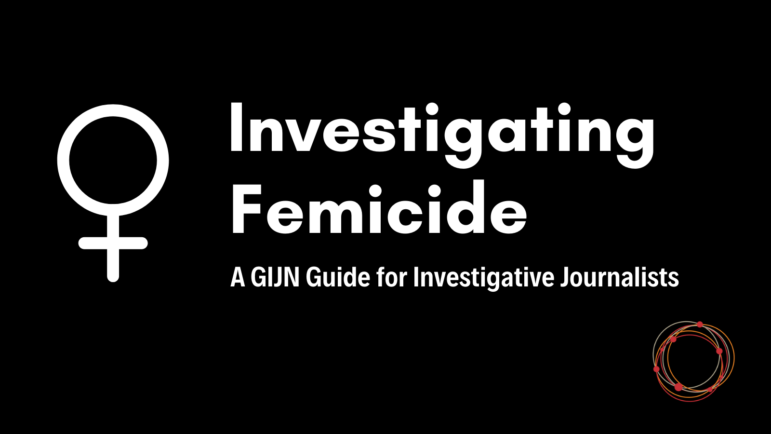Chapter Guide Resource
New Sources Emerge for Tracking Methane Emissions by Satellites
This update to our 2022 reporting guide on investigating methane emissions features new sources and global projects to help track the greenhouse gas via satellites.








